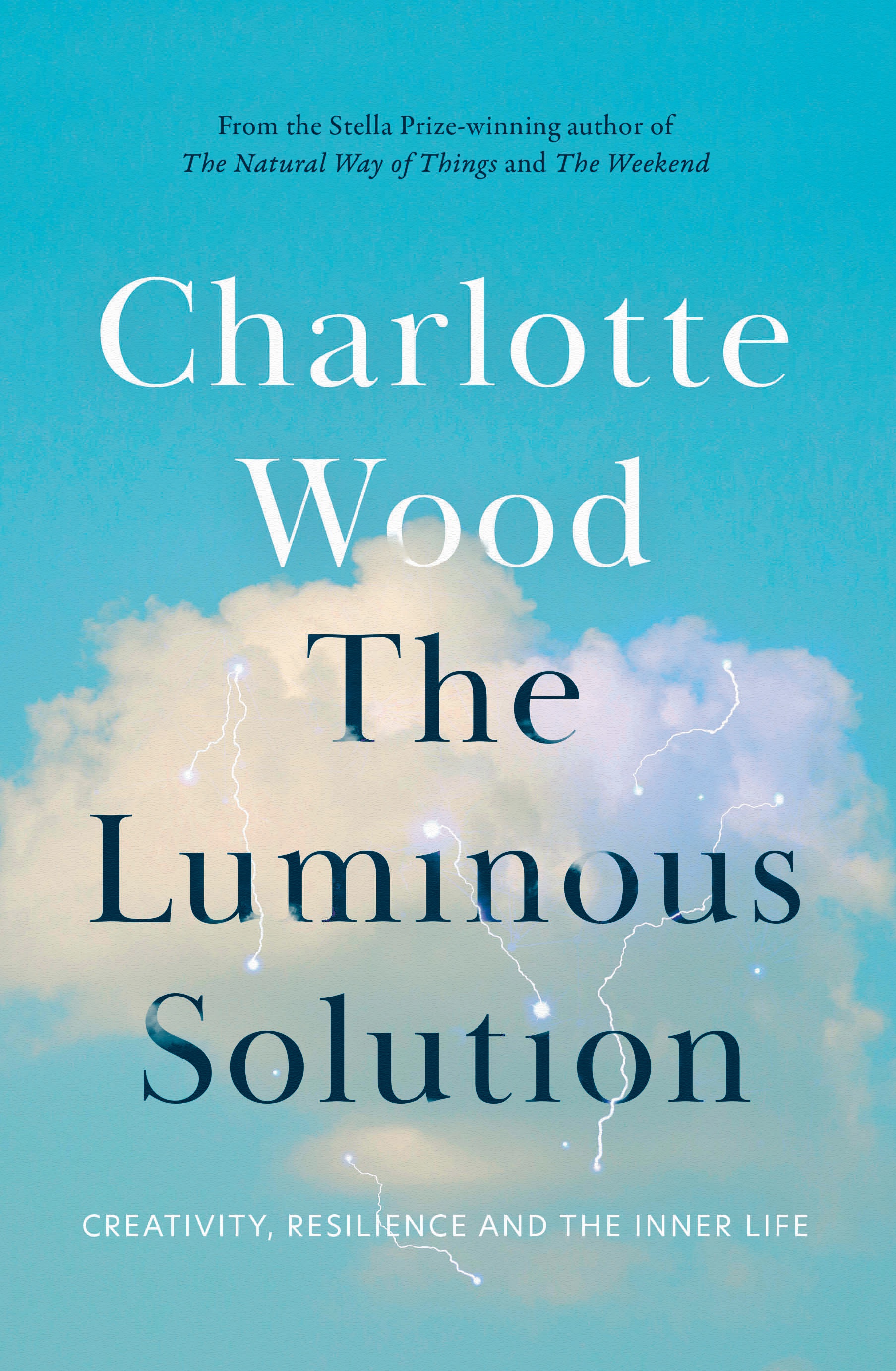What do you think?
Rate this book


256 pages, Paperback
Published September 1, 2021
...the novel that perhaps taught me the most about my own creativity - about trusting one's instincts, about risk, about the potency of symbol and dream and archetype, about the exhilaration of departing from safe and familiar territory, of overturning expectations and understanding that there's always more to discover lying beneath what you think you know.
...every interaction is followed by a request for a star rating, a thumbs-up or thumbs-down. We've been slowly but thoroughly trained to see the world in terms of its capacity to please us...
...the anxious question, 'Did you like it?' - often arrives moments after the 'consumption' takes place. What if I were asked to think about what I've experienced and respond in a month, a year, a decade? It's unthinkable.